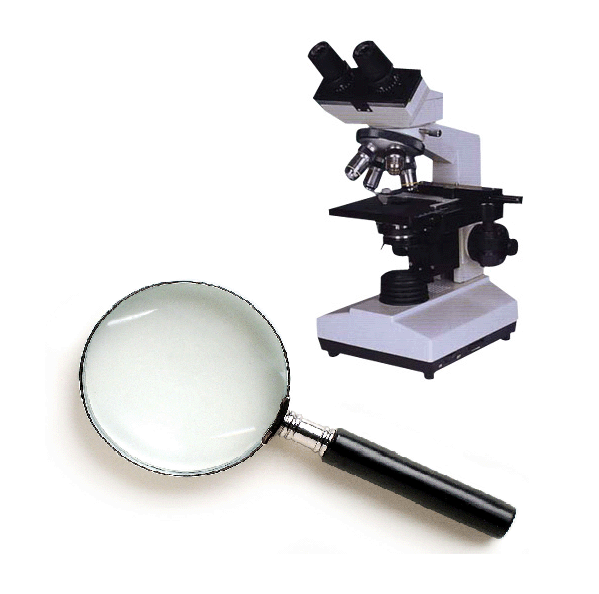
The magnifying glass remains in use in many contexts, but the one context from which it is conspicuously absent is science, the discipline from which is was originally developed and utilized. The magnifying glass pioneered an ideal of visual scrutiny to create scientific facts, creating a precedent for visualization technologies which has continued with the microscope. In contexts where a lens or magnifying glass was once used, a microscope stands in its place.
Improved Magnifying Capabilities allow the microscope to capitalize on the motivations for improving the visual capacities of humans.
The Microscope’s Employment of Distance allows the microscope to fulfill the scientific preference for distance between the specimen and the observer in order to remain objective.
Modern Scientific Uses for the Magnifying Glass
The Aesthetic Value Retained by the Magnifying Glass
Latour states in "Visualizations and Cognition" that objects have to be invented that are "mobile but also immutable, presentable, readable, and combinable with one another” (6); these properties of the magnifying glass are not only what popularized it as a magnification tool, but also what enabled it to evolve from the single-lens, hand-held, optical magnifier to the complex microscopes of today.
Back to The Magnifying Glass project page.
(Image Source: http://www.global-b2b-network.com/direct/dbimage/50215890/Microscope.jpg, http://www.restorativeneurology.se/Search/index_html/groups/magnifying-glass-2.jpg)
